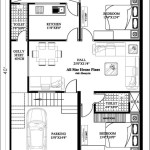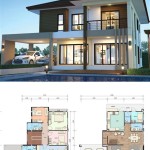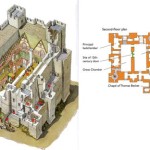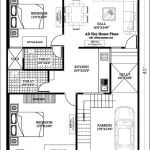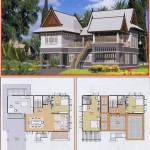Walter Gropius House Floor Plans: Essential Aspects
Walter Gropius, a renowned German architect and founder of the Bauhaus school, designed remarkable houses that reflected the Bauhaus principles of functionality, simplicity, and integration with nature. The floor plans of his houses are particularly noteworthy for their innovative and well-thought-out arrangements.
One of the key aspects of Gropius's house floor plans is their open and flowing layout. He believed in creating spaces that were interconnected and visually unified. Large windows and sliding doors allowed for abundant natural light and blurred the boundaries between the interior and exterior. The living areas, dining areas, and kitchens were often combined into a single, open space, fostering a sense of spaciousness and community.
Gropius also emphasized the importance of functionality and efficiency. His floor plans were carefully designed to minimize wasted space and maximize the use of every available area. Built-in storage solutions, such as closets, shelves, and drawers, were seamlessly integrated into the design, providing ample storage without cluttering the living spaces. The kitchens were typically equipped with the latest appliances and organized for maximum efficiency.
Another characteristic of Gropius's house floor plans is their integration with nature. He believed in creating homes that were in harmony with their surroundings. Many of his houses featured large windows that framed views of the garden or landscape, bringing the outdoors in. Balconies, terraces, and courtyards were also incorporated into the design, extending the living space beyond the walls of the house and providing opportunities for outdoor enjoyment.
Gropius also considered the psychological aspects of space when designing his house floor plans. He believed that the arrangement of rooms and the flow of movement could influence the mood and well-being of the occupants. For example, he often placed bedrooms on the upper floors, creating a sense of privacy and tranquility. The living areas, on the other hand, were typically located on the lower floors, where they could benefit from the natural light and connection to the outdoors.
In conclusion, Walter Gropius's house floor plans are a testament to his innovative and holistic approach to architecture. They embody the Bauhaus principles of functionality, simplicity, and integration with nature. By carefully considering the flow of space, maximizing efficiency, connecting with the outdoors, and addressing psychological needs, Gropius created homes that were not only aesthetically pleasing but also comfortable, practical, and conducive to well-being.

Gropius House In Lincoln By Walter Archeyes

Gropius House 1st Floor Modern Plan Must Know Moderns Plans Walter

Ad Classics Gropius House Walter Plans

Spatial Relationship In Gropius House Color Representation Green Scientific Diagram

Must Know Modern Homes Gropius House Floor Plans

Pa3 Views Iar Gabi Petrulis

Archeyes Exterior Of The House Via Luna Archives In 1938

Act Image Popup

26 Floor Plans Ideas Walter Gropius House Bauhaus Architecture

Haylee

